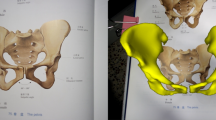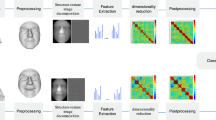Abstract
High demands on digital contents have posing strong needs on visual languages on three-dimensional (3D) shapes for improved human communication. For a visual language to effectively communicate essential 3D shape information, shape features defined in terms of singularity signs have been recognized as key shape descriptors. In this paper, we study salient shape features defined via distance function singularities: ridges, ravines, and a skeleton. We propose a method for robust extraction of the 3D skeleton of a polygonal surface and detection of salient surface features, ridges and ravines, corresponding to the skeletal edges. The method adapts the three-dimensional Voronoi diagram technique for skeleton extraction, explores singularity theory for ridge and ravine detection, and combines several filtering methods for skeleton denoising and for selecting perceptually salient ridges and ravines. We demonstrate that the ridges and ravines convey important shape information and, in particular, can be used for face recognition purposes.
Similar content being viewed by others
Author information
Authors and Affiliations
Rights and permissions
About this article
Cite this article
Hisada, M., Belyaev, A. & Kunii, T. Towards a singularity-based shape language: ridges, ravines, and skeletons for polygonal surfaces. Soft Computing 7, 45–52 (2002). https://doi.org/10.1007/s00500-002-0171-0
Issue Date:
DOI: https://doi.org/10.1007/s00500-002-0171-0




